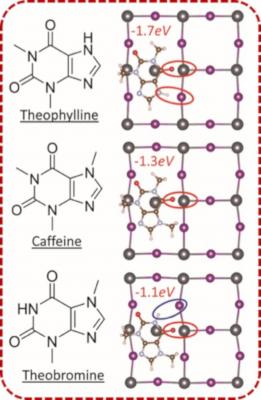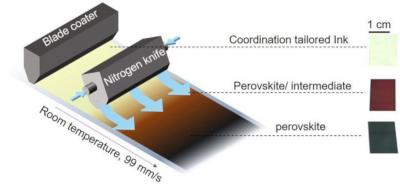The best of 2019 - top perovskite stories
2019 is soon over - and it was and interesting year for the perovskite industry - with some initial signs of commercialization as actual production capacity is being finally built and some novel research activities.
Here are the top 10 stories posted on Perovskite-Info in 2019, ranked by popularity (i.e. how many people read the story):
- HZB team achieves 21.6% efficiency for perovskite CIGS tandem solar cell (Feb 5)
- Perovskite-based quantum dots - a guest post by Ossila (Jan 7)
- DoE announces $130 Million for early-stage solar research project (Mar 27)
- Researchers reduce reflection losses and reach 25.2% conversion efficiency in perovskite/silicon tandem solar cells (Feb 22)
- Novel method creates high-quality crystalline and stable FAPbI3 perovskite thin films (Mar 24)
- Chinese researchers create efficient perovskite-based solar cells using Graphdiyne, a unique carbon material (Jan 10)
- Perovskite solar cell developer Swift Solar raises $4.6 million (Jan 1)
- Researchers characterize structural defects in perovskites (Nov 26)
- Oxford PV raises £31 Million funding (Mar 17)
- Oxford PV and Meyer Burger enter strategic partnership (Mar 24)




